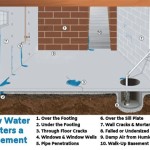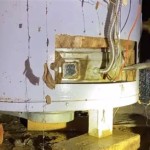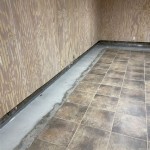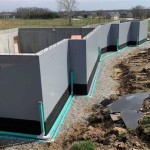Engineered Hardwood Flooring for Basement
Engineered hardwood flooring has emerged as an increasingly popular choice for basements due to its durability, versatility, and moisture resistance. Unlike traditional hardwood flooring, which can be prone to warping, buckling, and cupping in damp environments, engineered hardwood is designed to withstand the temperature fluctuations and humidity levels common in basements.
### Composition and ConstructionEngineered hardwood flooring consists of multiple layers: A top layer of real hardwood veneer, a plywood core, and a balancing layer at the bottom. The veneer provides the aesthetic appeal and performance characteristics of traditional hardwood, while the plywood core ensures stability and prevents warping. The balancing layer helps mitigate expansion and contraction, ensuring the floor remains flat and even in varying humidity conditions.
### Moisture ResistanceOne of the primary advantages of engineered hardwood flooring for basements is its superior moisture resistance. The plywood core is treated with moisture-resistant resins and adhesives, making it less susceptible to water damage than solid hardwood. Additionally, the top hardwood veneer is sealed with protective coatings to further enhance its resistance to spills and moisture.
### Durability and Scratch ResistanceEngineered hardwood flooring is known for its durability and can withstand heavy foot traffic and wear and tear, making it ideal for busy basements. The top hardwood veneer is typically made from species like oak, maple, or walnut, which offer excellent scratch resistance and a long-lasting finish.
### Versatility and StyleEngineered hardwood flooring comes in a wide range of species, stains, and finishes, allowing for customization to complement any basement décor. From classic dark walnuta to lighter oaks and modern gray tones, there is an option to match any design aesthetic. Additionally, engineered hardwood can be installed using various methods, including glue-down, nail-down, and float.
### Installation ConsiderationsWhile engineered hardwood flooring is relatively easy to install, certain considerations must be taken when installing it in a basement. Ensure the subfloor is level, dry, and free of any moisture. Use a moisture barrier under the flooring to prevent potential moisture from penetrating the subfloor. If possible, allow the flooring to acclimate to the basement's environment before installation.
### Maintenance and CareEngineered hardwood flooring requires minimal maintenance. Regular sweeping or vacuuming removes dirt and debris, while occasional mopping with a manufacturer-recommended cleaning solution helps maintain its appearance. Avoid using harsh cleaning products or excessive water on the floor.

The Best Wood Flooring For Basements Carlisle Wide Plank Floors

Using Engineered Wood Flooring In Basements Mansion Hill Custom Floors

Where To Get Cheap Flooring For Basements Reallycheapfloors America S Cheapest Hardwood

The Best Wood Flooring For Basements Carlisle Wide Plank Floors

Invision Hardwood Blog Best Flooring For Basements

What Is The Best Flooring For Basements Get Pros And Cons

The Best Flooring Options For Your Basement From Forest Llc

What Kind Of Flooring Should I Use To Finish My Basement Ozburn Hessey

Wood Flooring In The Basement Hgtv

Basement Flooring Tips And Recommendations Hardwood Design Centre








